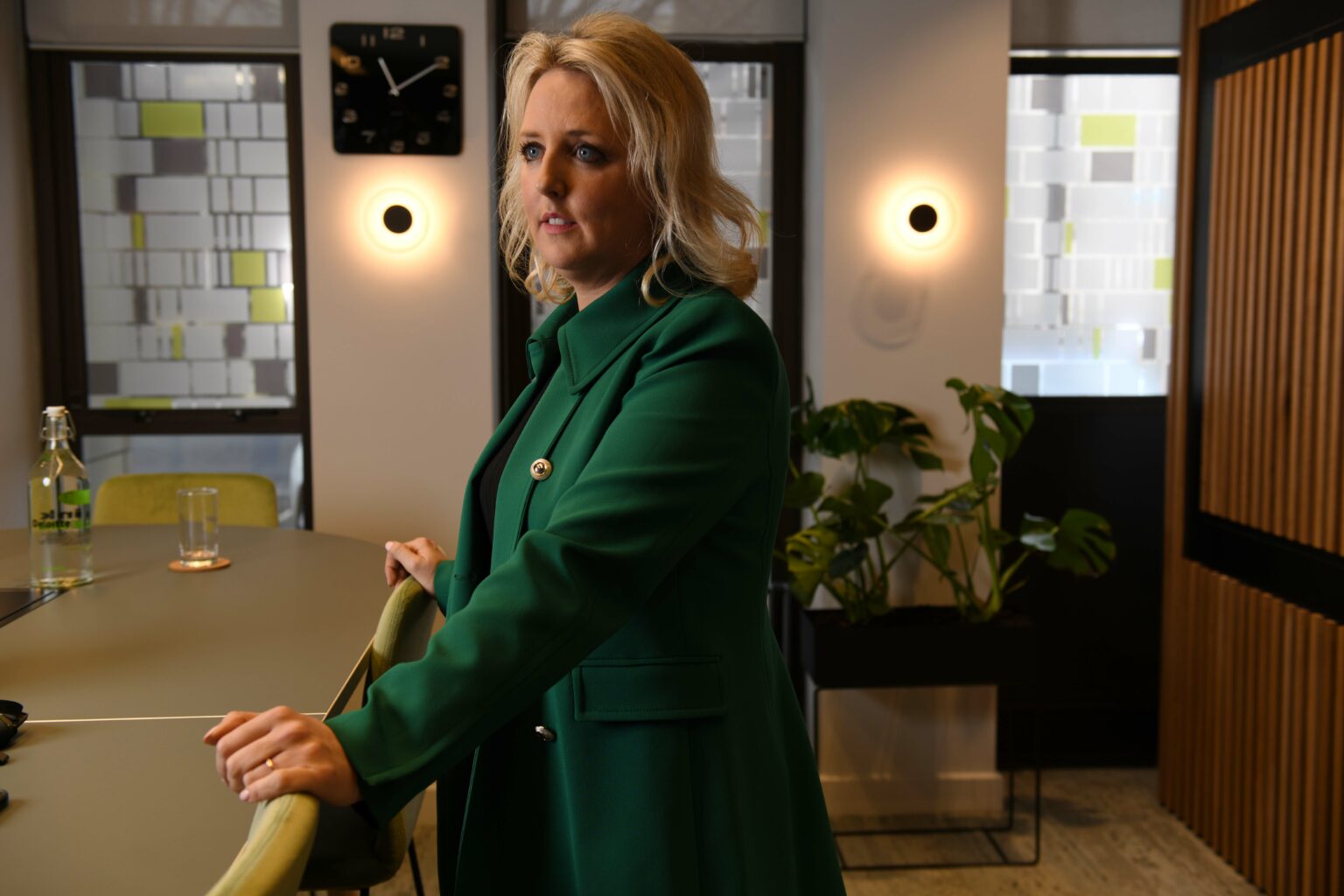When Anya Cummins moved back to Dublin in 2016, private equity wasn’t part of her plans. Cummins, who returned to become a corporate finance partner with the professional services firm Deloitte, had spent the previous six years in London working on mid-market mergers and acquisitions. Private equity deals were a big part of that. Cummins didn’t expect to use her private equity experience in Dublin because, at the time, there wasn’t much private equity in Dublin. “I didn’t come back expecting to build a private equity M&A business. I said goodbye to the worlds that I had lived in, which…
Cancel at any time. Are you already a member? Log in here.
Want to read the full story?
Unlock this article – and everything else on The Currency – with an annual membership and receive a free Samsonite Upscape suitcase, retailing at €235, delivered to your door.

